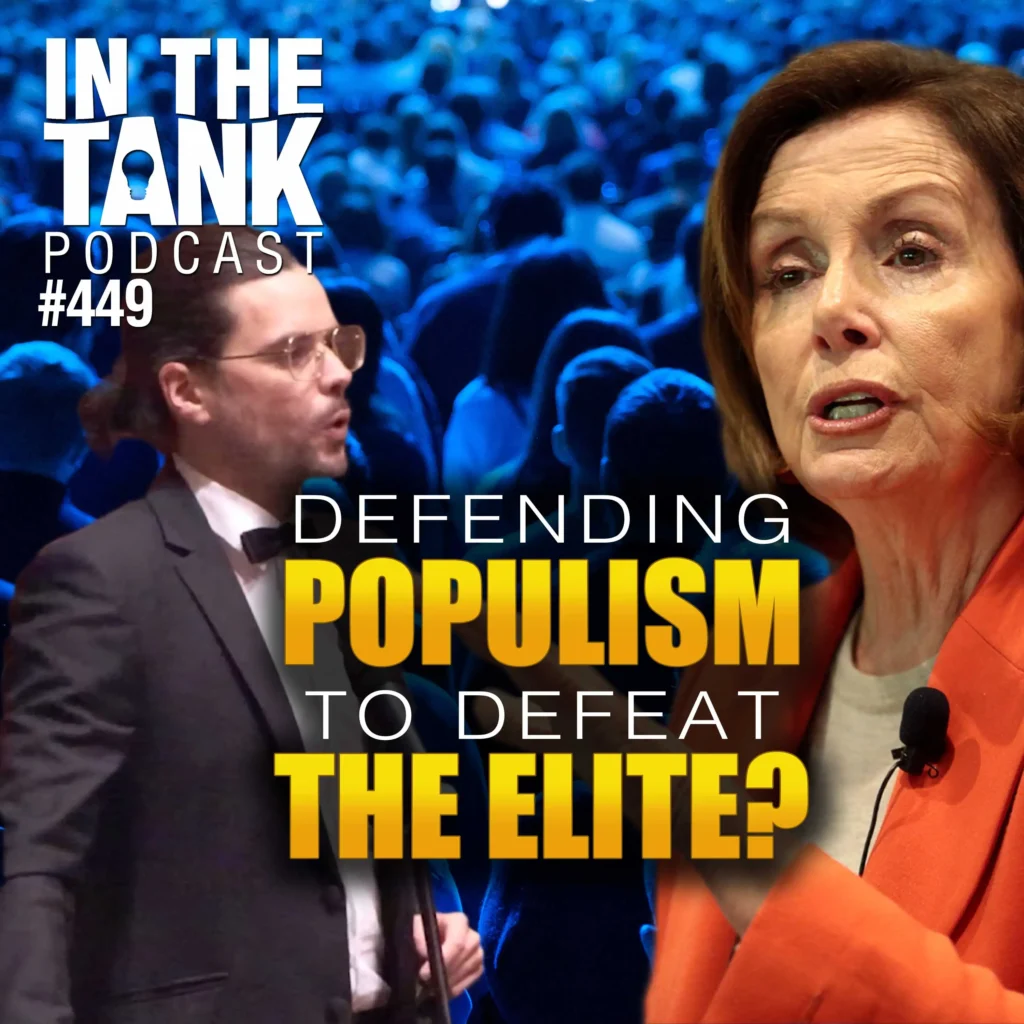Controversial new air quality rules regarding fine particulate matter, announced by the Clinton administration in 1997 and subject to numerous scientific and legal challenges since, will be kept in place by the Bush administration.
Implementation of the rules had long been delayed in the courts, but a February 2001 Supreme Court decision removed most of the legal obstacles. The only remaining question was whether the Bush administration would give its political stamp of approval to the Clinton rules.
The 1997 fine particulate matter rules were among the Clinton administration’s most controversial environmental efforts. The Environmental Protection Agency already had established standards, supported by scientific findings, governing the emission of fine particulate matter. The 1997 rules significantly tightened the standard for the smallest of particles, those measuring less than 2.5 microns (PM2.5) in diameter.
The 1997 rules are likely to be the costliest ever in the 30-year history of the Clean Air Act. EPA estimates it will cost several billion dollars to implement the new standards, while analysts outside the agency calculate the new standards may cost over $50 billion per year.
Science raises doubts regarding the new rules
Numerous scientific studies have cast doubt on the need for stricter standards. George Wolff, chair of EPA’s Clean Air Scientific Advisory Committee (CASAC), conceded in Congressional hearings that co-pollutants (pollutants separate from, but often associated with, fine particulate matter) may be the cause of adverse health effects alleged to be associated with fine particulate matter. To the extent particulate matter may be a culprit, evidence did not clearly establish that the smallest (PM2.5) particles were to blame.
Although the advisory committee agreed that a new PM2.5 standard was advisable, Wolff said “only a minority of the panel members supported a range that includes the present EPA proposals.”
According to “The Ongoing Clean-Air Debate,” a recently released Competitive Enterprise Institute study by Kay Jones and Ben Lieberman, scientific research conducted since the 1997 rules were crafted casts further doubt on the need for the new standard. Jones and Lieberman note the 1997 rules relied heavily on a pair of studies, known as the Harvard Six Cities and the American Cancer Society studies.
Write Jones and Lieberman: “Members of Congress, CASAC, state-level environmental officials, and industry groups had critical concerns about these studies. Yet, both EPA and the researchers who conducted the work refused all requests for access to the underlying data, effectively denying any chance of independent review.”
Reanalysis disputes earlier findings
Eventually, Congress forced EPA to allow the Health Effects Institute (HEI) to conduct a reanalysis of the two controversial studies. When results of the reanalysis were announced in July 2000, the Clinton EPA immediately trumpeted them as vindicating the prior studies. However, according to Jones and Lieberman, the HEI research reached just the opposite conclusion.
The Harvard Six Cities Study compared chronic mortality data to air pollution levels in six cities with varying PM2.5 levels. Reanalysis of the study showed no appreciable association between PM2.5 and mortality among non-smokers, suggesting co-pollutant tobacco smoke may be the true cause of any adverse health effects alleged to be associated with fine particulate matter. Even including smokers, the reanalysis showed no statistically significant increase in mortality in four of the six cities studied. Finally, reanalysis showed the same relative risks for other pollutants as for PM2.5.
Reanalysis similarly cast doubt on the American Cancer Society study’s initial findings. The study addressed chronic mortality in 50 cities relative to PM2.5 and sulfur dioxide levels. Reanalysis demonstrated there was no significant association between PM2.5 levels and mortality among persons with higher levels of education. Any association between PM2.5 levels and mortality was found to be insignificant after co-factors were taken into account. Finally, reanalysis showed that sulfur dioxide, rather than PM2.5, was the likely true cause of adverse health effects in the 50 cities.
New studies cast further doubt
Beyond the reanalysis of the Harvard Six Cities and American Cancer Society studies, other scientific studies have been conducted since announcement of the 1997 rules.
In addition to its reexamination of the earlier two studies, the Health Effects Institute conducted a National Morbidity, Mortality, and Air Pollution Study. The HEI study addressed PM10 rather than PM2.5 particles, but its results are noteworthy: The study found no significant association between PM10 and acute mortality in 81 of the 90 cities in its survey.
The lack of association between PM10 and acute mortality is particularly striking because the smoking status of study subjects was not taken into consideration, even though reanalysis of the Harvard Six Studies had shown smoking may be the true cause of alleged particulate matter harms.
A separate study, the Washington University/EPRI Veterans’ Cohort Mortality Study, cast even further doubt on a correlation between PM2.5 levels and adverse health effects. The WU/EPRI study examined a population of 90,000 U.S. veterans who were highly susceptible to air pollution effects due to pre-existing hypertension heart disease. The study found no statistically significant association between mortality and PM2.5 regardless of other variables. The study further found that mortality was more strongly associated with ozone and nitrogen dioxide than with particulate matter.
Reviewing the various studies, Jones and Lieberman conclude “there is no evidence that the PM2.5 standard is supportable at this time. In fact, CASAC’s 1996 conclusion still holds true today, that ‘the diversity of opinions also reflects the many unanswered questions and uncertainties associated with establishing causality of the association between PM2.5 and mortality.'”
For more information . . .
The full text of the Competitive Enterprise Institute’s May 30 report, “The Ongoing Clean-Air Debate: The Science Behind EPA s Rule on Soot,” is available on the CEI Web site at http://www.cei.org/PDFs/ongoing_clean_air_debate.pdf.




